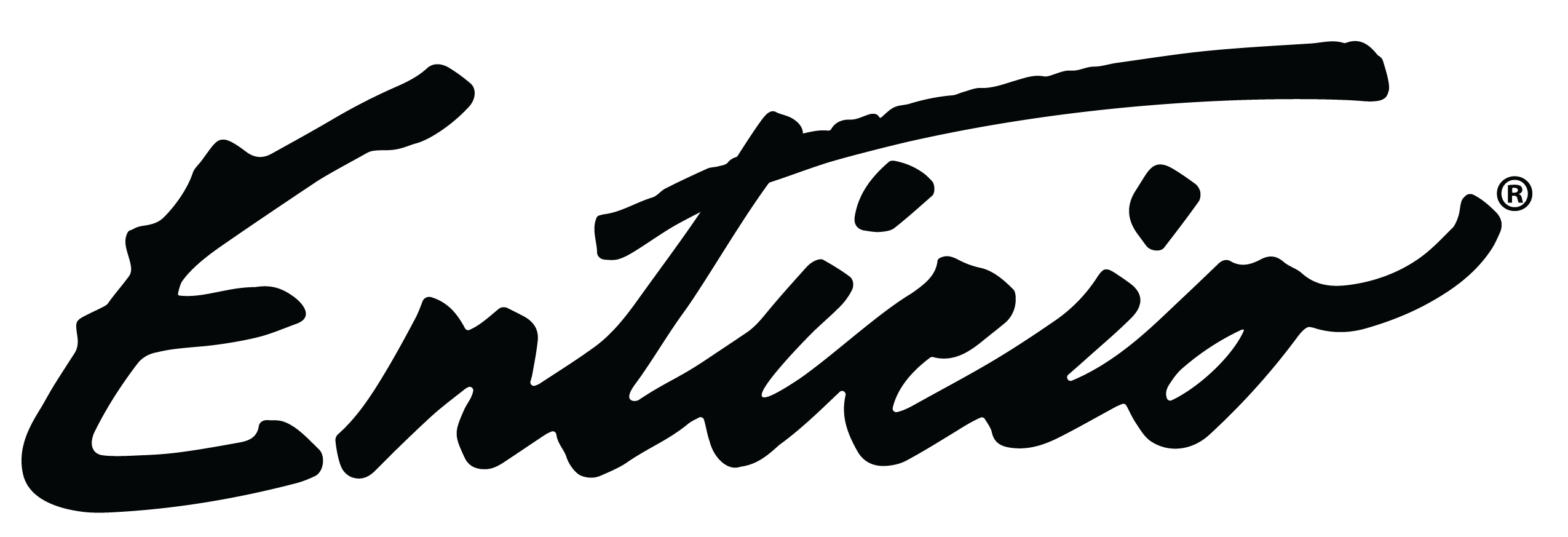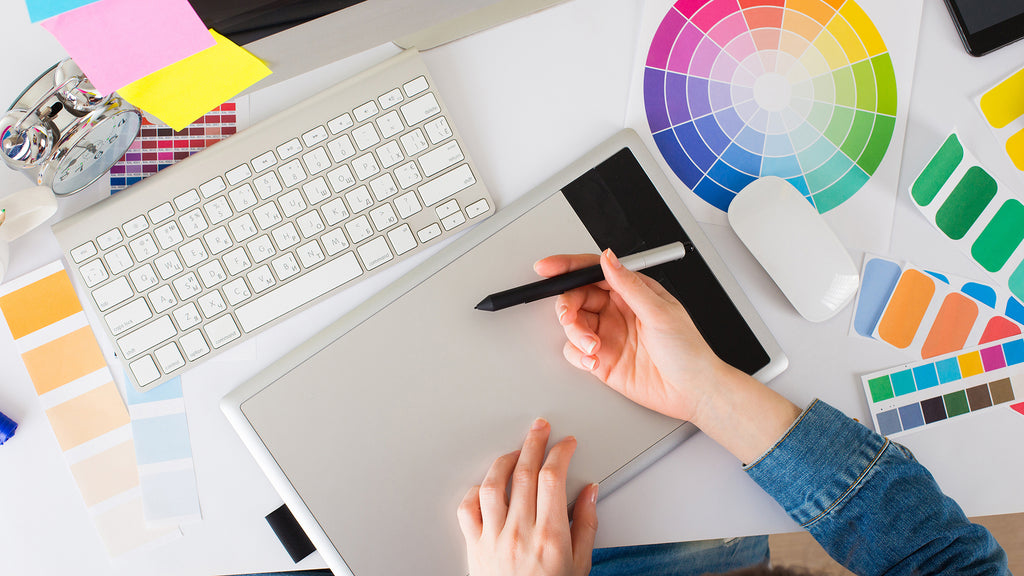Studio & Office
How To Illustrate On A Graphic Tablet - The Starter Guide
The world of art is in a constant state of flux as it challenges what has come before; and whether it’s Picasso, Rembrandt or Titian, every artist learns from what was, while striving to master what is… and helps shape what is yet to be. The use of technology has always been part of the history of art and we are experiencing another renaissance of thinking, approach and opportunity relating to how we create an artistic image and what we can do with it once it exists. The use of a graphic tablet for illustration allows you to transform your art in ways that have never before been possible using more traditional media, Leonardo would’ve loved this. When you pair a tablet with a digital drawing program, the ability to trace, erase, copy and color instantly gives you advantages that have no direct parallel on paper or canvas. But be aware that like migrating to any new paradigm, medium or workflow, there is a learning curve involved with using a tablet. However, navigating that learning curve can be enjoyable as you work to get better acquainted with your tablet by playing, practicing and staying in the loop. This will serve to hone your digital drawing skills and recalibrate your connection to like-minded souls who also find themselves driven to create.
Experiment Through Play
If you’re like many artists, you appreciate the discoveries that come with experimentation but it’s not always easy to play without thinking about creating your next masterpiece. Whether you’re a pro or just starting out, remember that you don’t have to churn out perfection and you do not have to finish pieces every time you sit down to draw. Set aside time every day to experiment with your tablet. Concentrate on the process. The results may not always be pretty but it is part of the process to discard things you don’t like as it helps you shape your artistic identity and focuses you on what you want to keep. It’s precisely that process that defines who you are as an artist even if it continues to evolve over time.
There are five important elements of experimentation.
Experience – Bring what you already know about your illustration skills to the table. Feel free to work in a familiar style, but don’t be too rigid. Get started with your tablet by tracing a piece of art that you’ve already done so that you feel comfortable with your starting point.
Mimicry – Do you admire specific aspects of other artists’ work? Use your experimentation time to mimic the techniques and styles that you like. You shouldn’t copy other artists’ work if you plan to sell it, but mimicry is an important step to understanding the nuances of artistic style. Like footprints in snow, walking in the steps taken by others can make the going easier by giving you restrictions and direction that are invaluable as you learn.
Curiosity – It’s time to break out of your comfort zone. Be curious about what else you could do with materials and style. It’s so easy to undo the marks that you make that it’s almost impossible to make a permanent mistake.
Imagination – Every time you practice, challenge yourself to do something that you’ve never done before. Try adding and removing restrictions like, “today, I will only use shades of blue.” Or perhaps, “I will only sketch with the pencil or I will not use my eraser.” Remember, the process is more important than the result and you will open yourself up to the possibility of being surprised with what happens. There will be times, when you will create something that is better than what you thought you could do; it will be a glimpse of a future you and less of the one you already know.
Reflection - While you are involved in the doing, include time for thinking. It’s important for discovering your artistic identity to know what you like and don’t like, but if you like something, why do you like it? What is there about it that speaks to your inner voice; discovering your artistic identity is about finding your voice as an artist.
Practice
It is necessary to temper and balance your artistic flow with discipline as the longest journey still begins with a single step (paraphrased from Lao Tzu) and dedicating some of your regular practice time to honing your technique will pay big benefits.
Some ideas for making the most of your disciplined practice time include:
- Drawing a subject you love repeatedly using distinct perspectives until you’ve developed a visual library for that object and can replicate it without a reference
- Learning about the pressure and sensitivity of your tablet by drawing simple lines and curves
- Using a limited color palette to master contrast or learn more about lighting
One of the underappreciated aspects of working with your tablet is that it’s mobile and can go wherever you go. Also, it stays running when the screen is turned off, so that it is ready when you’re feeling inspired; that can unlock new creative opportunities. This immediacy can help when you need to try to live a fulfilling life and still find time to develop your skills. You can plan activities and still find some time to work a little practice time without too much fuss. It is often less important that you do a fixed amount of time if you do it regularly. All of the artists I have known over the years, constantly seemed to be sketching something no matter where they were - a football game, the beach, a park, certainly… just not so much in a movie theatre.
Get Social
While you can learn a great deal by experimenting and practicing in the comfort of your own home, you can quickly expand your knowledge and skills by networking. Follow other graphic illustrators on social media. They will often share details about their technique that will serve you well as you’re learning how to use a graphic tablet. It also exposes you to more styles and ways of thinking about what your art means to you.
Maintain a list of helpful blogs, vlogs and tutorials. When you don’t feel creative, having a routine can help find inspiration for your experimentation and practice time. Be consistent, and remember that your craft should be fun even though it may sometimes feel like work - you do it anyway; that’s how you know it’s important to you. While learning a new artistic skill can be frustrating, it’s extremely rewarding when you remain open to possibilities and allow your personality to shine through your work. All artists have lists of other artists, whose work has influenced them; perhaps the most important part of that is how aware they are of others and that they have a deep understanding of how such influences have affected their own work. If you do not have good answers for these questions, perhaps that is a grand question worth thinking about.

